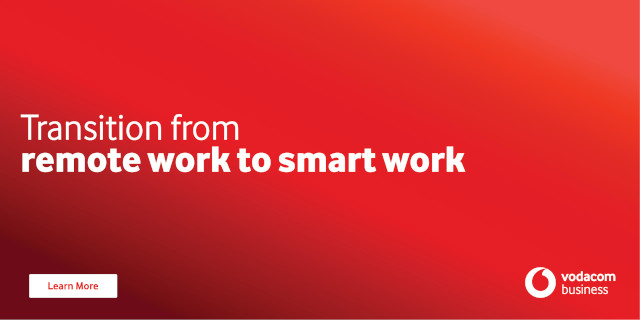How energy forecasting as a service benefits utilities and the country
By Industry Contributor 12 March 2024 | Categories: news
News sponsored by Vodacom Transformation of Work:
By Satyajit Dwivedi, Regional Director, EMEAP, Energy Utilities, Mining & Metals, Public Sector, SAS
Load forecasting, designed to ensure there is ample supply of electricity to meet demand, has been a focal point for utilities the world over especially during the ongoing energy crisis. In South Africa, amidst continual loadshedding, efforts have intensified to relook the country’s energy security to meet current and future demand.
Being able to accurately predict customer demand and better manage infrastructure to ensure industry, business, education, healthcare, and people’s homes have the electricity they need is a careful balancing act. On the one hand, a utility must fulfil its service mandate but on the other, it has a responsibility to keep the infrastructure operational especially given capacity limitations in the short, medium, and long term. This requires all stakeholders in the energy ecosystem to adopt the latest technologies especially when it comes to data analysis if they are to identify how to maximise resources.
Advanced artificial intelligence (AI)-powered energy forecasting tools that can effectively manage the changing complexities of power markets are therefore indispensable. More frequent extreme weather events, coupled with the growth of alternative energy resources, are having a significant impact on how utility and power providers are looking at how they produce energy forecasts. Adding to this complexity is the ongoing challenges when it comes to changes in market regulations especially with sustainability imperatives becoming part of the mandates of governments across the globe.
A changing paradigm
AI-powered energy forecasts can provide scalability and access to actionable insights for key stakeholders in power and utility companies who need timely and accurate forecasts. AI-driven models that leverage neural networks, machine learning, and deep learning are proving to be highly accurate and are providing utilities with data and analysis to make better-informed decisions.
Such technologies can automatically integrate any number of variables such as ambient temperature, humidity, heat index for short term and medium-term predictions. For example, when forecasting electric demand, several variables can change by the day, hour, and even minute. AI-driven models can address and capture these market conditions to accurately predict sudden changes in these underlying variables, which can result in more accurate forecasts for key stakeholders throughout a utility or power company. It can also use macro-economic factors, renewable energy impact, and climate change in accurately in accurately estimating the long-term demand.
Data analysis through AI-driven solutions that integrate energy forecasting makes predicting overload conditions, capacity utilization and addition projections, network strengthening needs to build a resilient energy grid. In this way, investments can be optimised taking into limited budget considerations. Additionally leveraging the likes of AI and the Internet of Things, effective predictive maintenance strategies can be designed for powerplants for increasing its availability.
Future-proofing infrastructure
Considering the economic trajectory, climate change, changing portfolio of end use and the impact demand side management, the importance of long-term load forecasting improvements cannot be underestimated. A forecast with improved accuracy may defer building additional generating units or the need for a long-term power contract. The accuracy of a load forecast has budgetary implications for the power supplier. Lead time to build the appropriate generation type can take years to acquire the approvals. The capital cost of building new generating units is incurred by the utility and eventually passed on to the customers. Conversely, if there is not enough generation to meet demand in the future, the power provider will need to secure long-term power supply contracts for the future.
Leveraging business data and analytics for intelligent decisioning can therefore assist and support governments and utilities at macro and microeconomic levels. This will empower them to improve their planning, investments, maintenance, and service delivery.
By following a data and analytics-driven approach to energy forecasting and demand-side management, power suppliers can stay on top of short-term maintenance while also taking care to cater for future demand.
AI-driven models can be game-changing for any energy provider. These models can provide benefits in areas such as operations, trading, and integrated resource planning. Simply put, the proper use of AI-powered energy forecasting models can help power and utility companies produce a significant return on investment and deliver on their operational mandates.
Most Read Articles

Have Your Say
What new tech or developments are you most anticipating this year?




